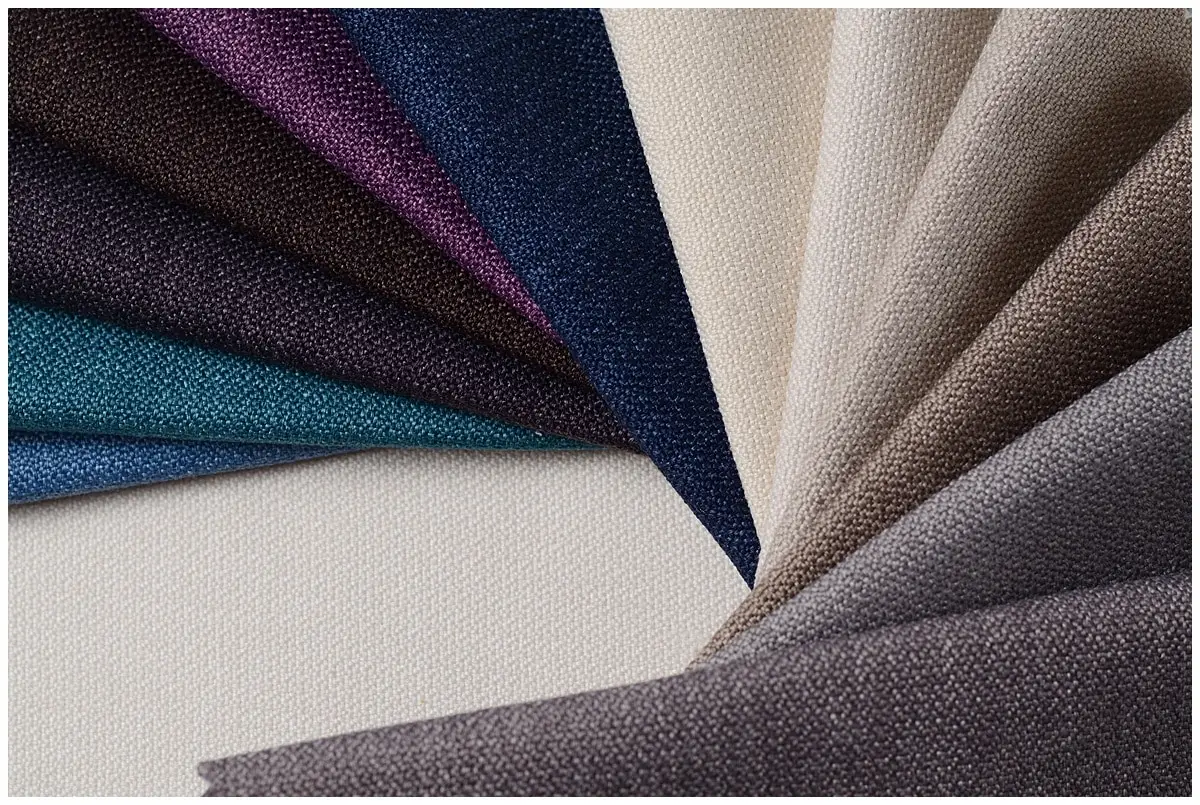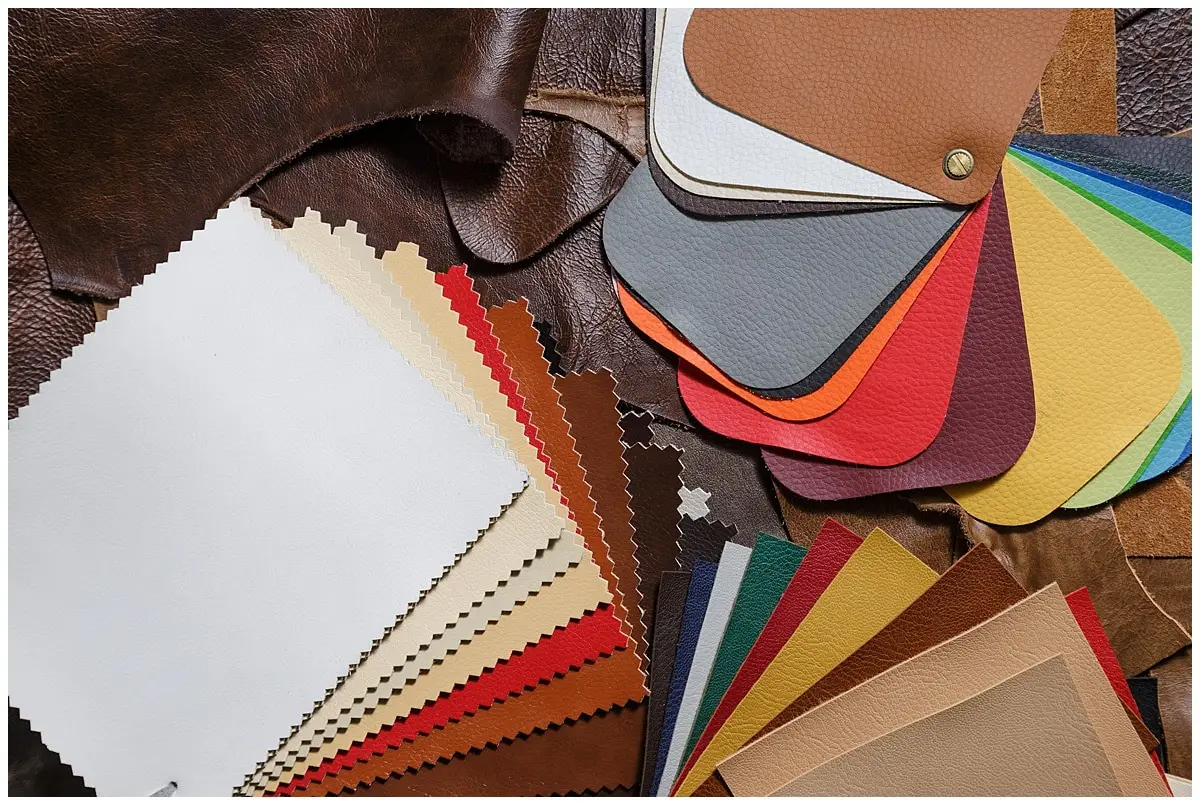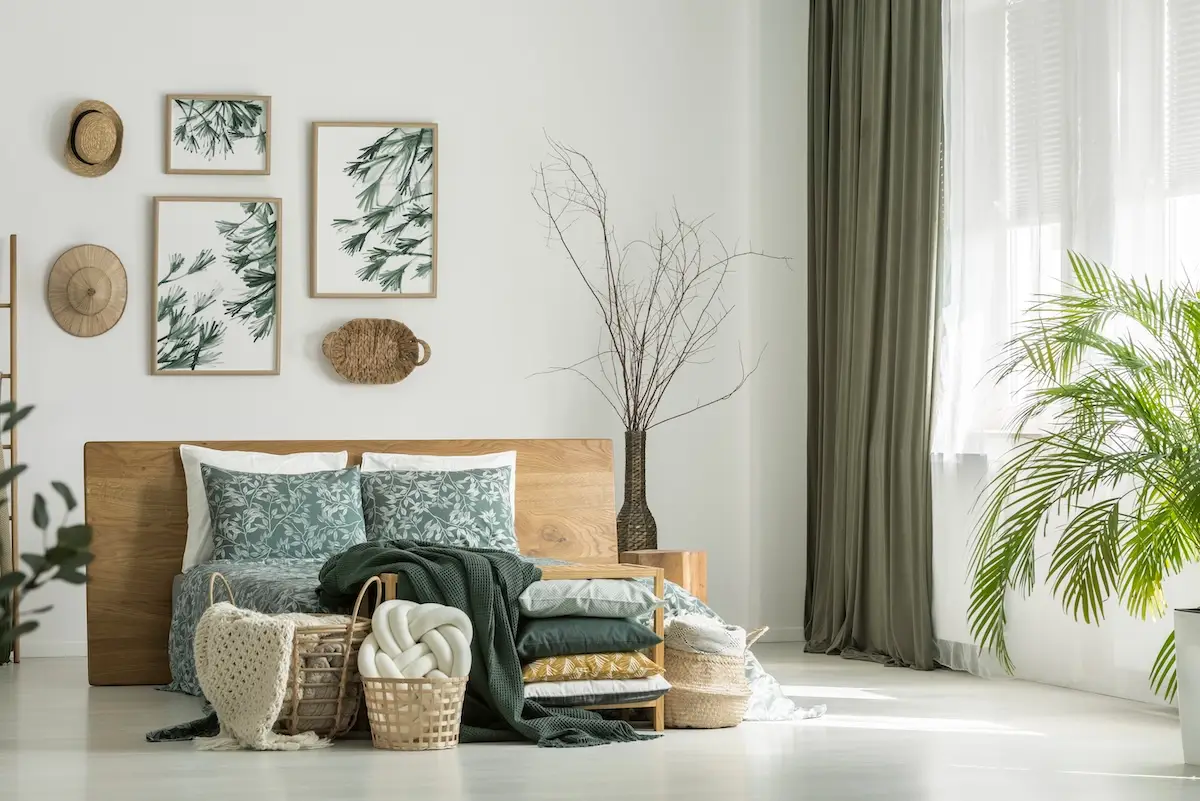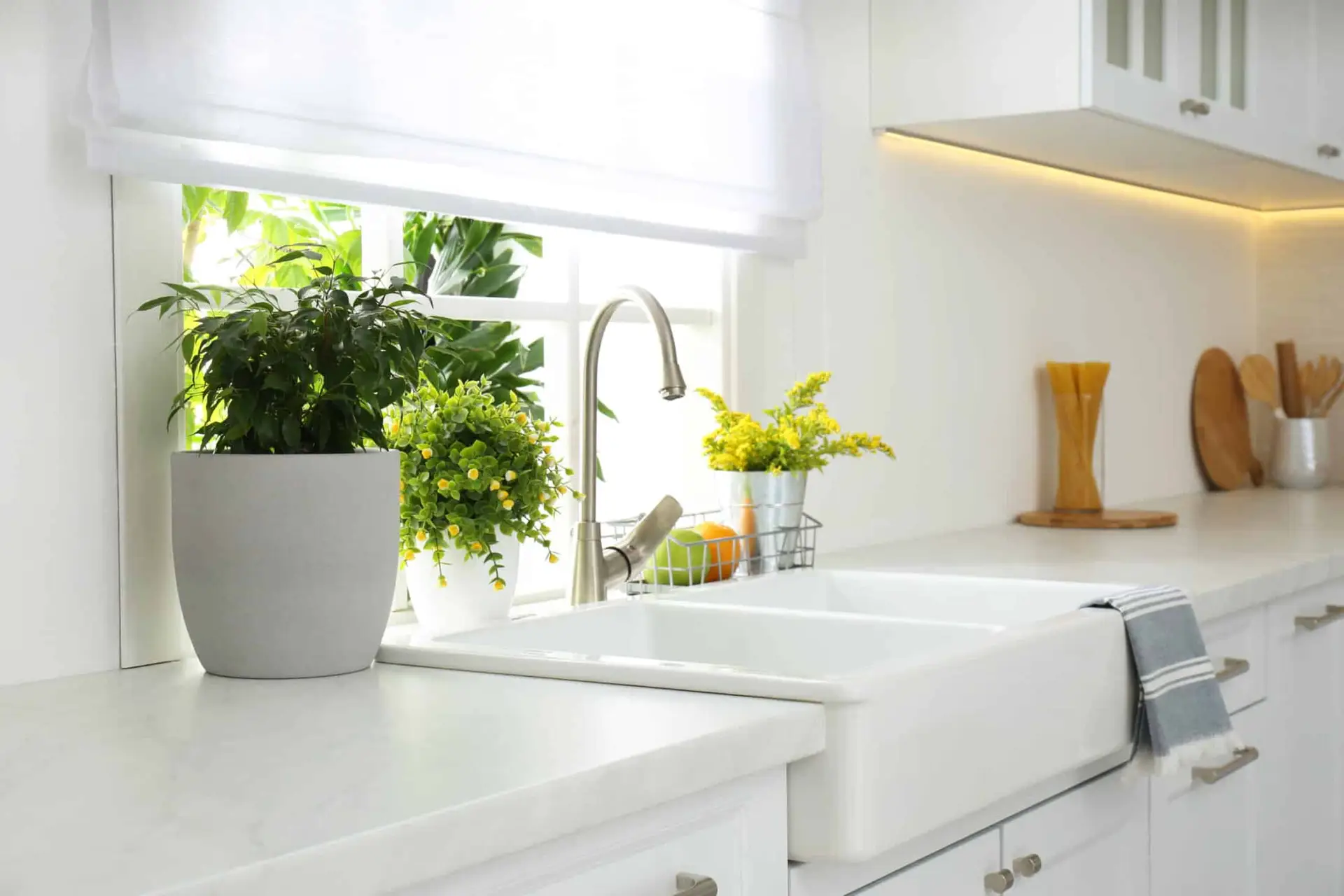Natural fabrics have been in demand as more eco-conscious consumers care about sustainability in design. As a result, there are more options available for homeowners to choose from. Do you want something moisture-wicking? Would you prefer something plant-based or animal-based? What about ethically sourcing these natural fabrics? Depending on what you’re looking for, the options are endless!
Top Natural Fabrics Available

Cotton
Cotton can be found as a recycled or raw fiber to create fabrics. It is one of the most common materials as we see it on everything from bedding and clothing to pillows and curtains. Cotton fabric is also naturally moisture-wicking and easy to care for and clean.
Traditional cotton is a thirsty crop and uses pesticides to keep up with demand. However, organic cotton avoids unwanted chemicals, so you may want to investigate where your cotton comes from. For the most sustainable option, look to recycled cotton. This cotton is made with post-consumer waste and can reduce resource consumption keeping these materials out of the landfill.
Hemp
Due to its versatility, hemp is an excellent choice. As far as natural fabrics go, this one keeps you cool or warm depending on the season. Maintenance of hemp fabric is simple, too – just wash and go in most cases. Hemp is also a resource that is easily available around the world. As a bonus, hemp gives back to the soil where it’s grown by leaving behind natural fertilizer.
Linen
Linen has been grown for hundreds of years and comes from the flax plant. Like hemp, it does not require much water or pesticides. Best of all, you don’t need highly fertilized soil for it to grow as it grows pretty much everywhere.
As a plus, linen fabric is also completely biodegradable. It gets softer every time it gets washed, making it a luxurious feeling natural fabric. Maintenance can be a bit more intense as it wrinkles easily. Linen fabric can last a lifetime, so splurging on linen bedding is worth the cost if you are willing to maintain it properly.
Tencel
Tencel is a natural fabric making waves in sustainable materials. Made by dissolving wood pulp, it is more absorbent than cotton, and, does not require much water during production. Additionally, solvents are removed and recycled as production is completed.
Moisture-wicking is another perk of Tencel. At the same time, Tencel also requires a bit more care as it should never be wrung. Instead, handwash or run it on a gentle cycle, and press to expel water instead of wringing it dry.
Animal-Based Natural Fabrics

When it comes to deciding on animal-based natural fabrics, there is quite a bit to consider. If sustainability in interior design is a priority, you are going to want to know where your materials come from and if they are ethically sourced. Examples of animal-based options include wool, silk, angora, cashmere, and leather. For ethically-sourced silk, look for ahimsa silk, which does not harm silkworms in its production.
Wool, angora, and cashmere all come from animals in the sheep family, and some practices leave these animals in pain. If you go this route, you do not want to skimp on the research. Leather is the same way, and while durable and long-lasting, you want to ensure that it is acquired ethically for sustainability purposes.
Advantages of Natural Fabrics
A key point in deciding which natural fabrics you would like to adopt in your home design is thinking about the impact on the environment. Most are naturally sustainable and biodegradable. Many natural fabrics are also breathable for everyday use or wear, and most are naturally repellant to both mold and dirt. Perhaps one of the best things about natural fabrics is that most are excellent for sensitive skin, specifically cotton, silk, and linen fabrics, as they are naturally hypoallergenic. Cotton and linen fabrics are also naturally moisture-wicking in addition to being eco-friendly options.
WPL Interior Design loves exploring new fabrics and materials as they come out. We are always on the lookout for products that make an impact both visually and sustainably. If you are looking for a more sustainable home, give us a call today at 215-592-9570. Or fill out our online project form so we can learn more about what you are looking for.




